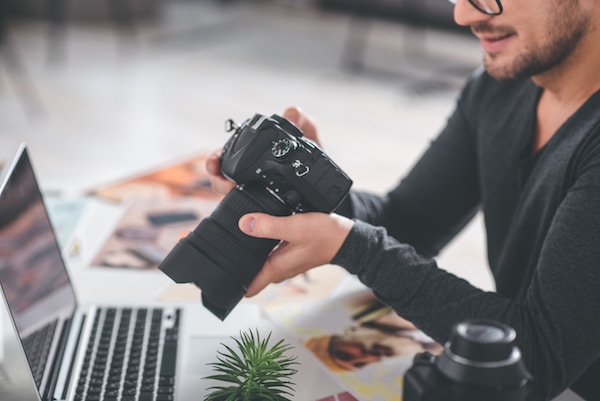When you’re starting out with stock photography, the big question is: How do you fill your portfolio with photos that buyers want?
Marilyn Nieves is a stock photographer and former inspector (you know, the person who looks at your photos and decides if they get in!). Besides taking and selling stock photos successfully, as an inspector, she’s seen, approved, and rejected all kinds of photos.
As someone who’s seen it all, we asked Marilyn to clue us in. What kinds of photos should we submit? What will help us sell more? And where should we start?
Five tips from an image inspector
By Marilyn Nieves
When I worked as an image inspector at a stock agency, I saw a great variety of content submissions. Over the years, as both an inspector and as a stock contributor myself, I’ve seen some portfolios shine while others lag. With that said, here are five things that you can do to help your portfolio be the one that shines.

- Pick a theme and plan around it. Occasionally you may get lucky and sell a random image like a concrete textured wall, a lovely leaf on the ground, or a pile of debris in an alleyway, for example, but those are far and few in-between. I’m not trying to discourage you from taking a good shot of something random that looks interesting to you, but I do want to encourage you to plan more of your shots. Your portfolio will be increasingly more successful if you shoot with intention, and you’ll keep the image inspectors delighted with your new content.
- Check out what’s trending. Next time you go grocery shopping, spend a few minutes in the magazine aisle. Look through several magazines that interest you and see what photography is being used in the articles and the placed ads. You’ll get a sense for the style of imagery that is trending. A couple of years ago, lens flares — real and fake — were everywhere in photos. That is no longer the case today. So, stay current and do a little homework to keep your portfolio trending.
- Think like a designer. A graphic designer is your top client, so try to put yourself in their shoes. They’re often creating a message using text with your image as a supporting graphic. With that in mind, having good copy space in your image can make it more appealing for a graphic designer to use in their projects.
- Quality over quantity. It may be tempting to upload all the images you shot of the baby eating ice cream or the sunset over the Iceland landscape, but deep down you probably know that there are possibly (give or take) ten really strong ones. We’ve all done it. Culling our own images can be very difficult, but ideally, you want to only submit your best of the batch. And your strongest bet is to upload a series that tells a story.
- Don’t forget about model releases. If a person is identifiable or if they can identify themselves, you will need a model release unless you are submitting it as editorial content. That also includes some silhouettes and photos of people shot from behind. As an example, if you have a photo of hands holding a coffee cup, you don’t need a model release, but if the hand has a small tattoo on it, you will need one because the tattoo makes the subject identifiable. The best advice is to keep model releases in your camera bag or install a model release app on your phone so that you will always have one when you need it. Since photos of people typically do really well as stock, it’s a good idea to fill your portfolio with images of model released people as much as possible.








